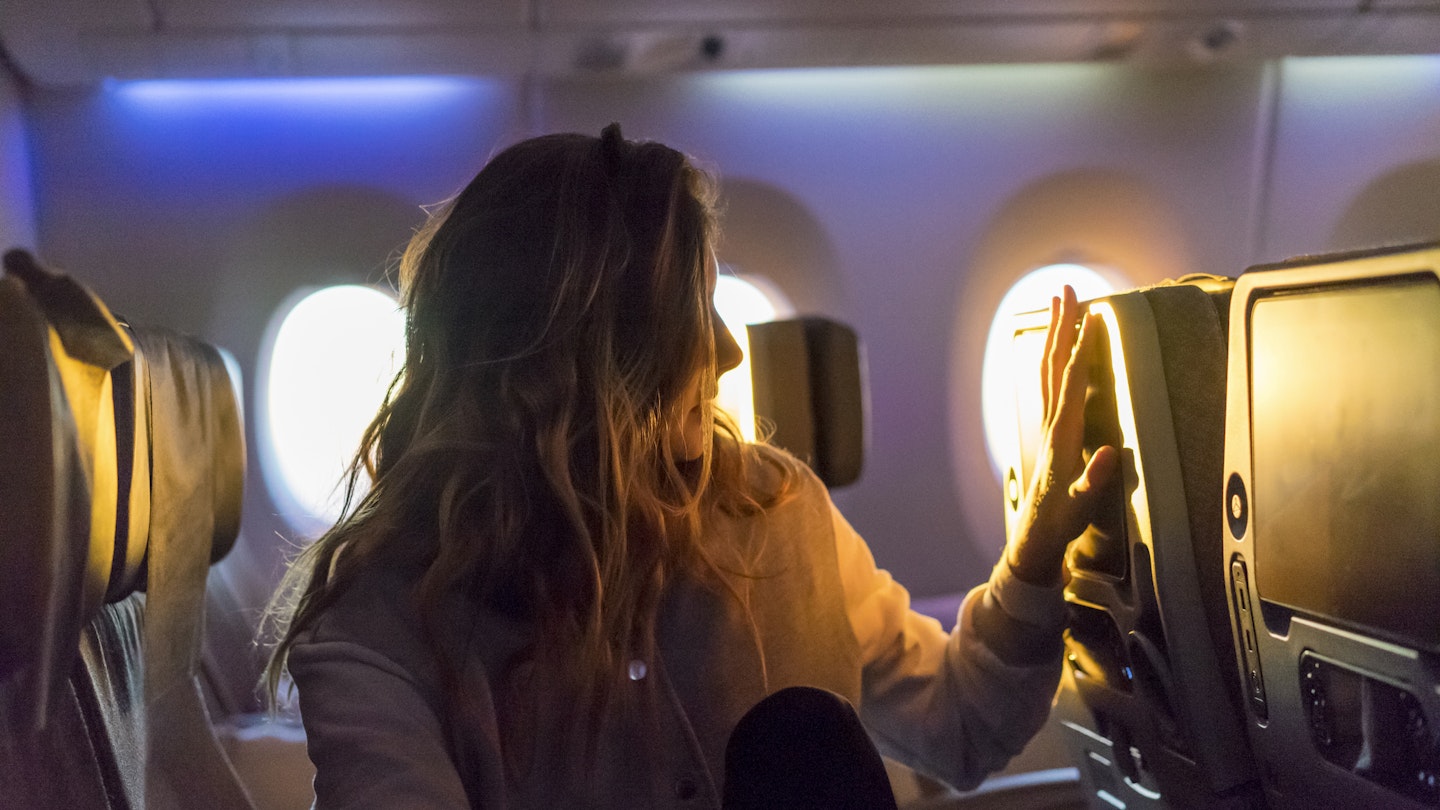“Which seat should I pick?” That’s one of the first questions anyone ever asks me when they find out I’m an aviation journalist. Airlines are increasingly finding ways to squeeze a bit of extra cash out of passengers for better comfort, and seats with more legroom are part of that. On the plus side, you don’t have to be an extra-special Ultra Amethyst Elite frequent flyer to buy your way into the big (legroom) leagues!
So what makes a seat the best seat on a plane?
Of course, the “best seat” will differ depending on your height, width, and personal desires: if you relish not having someone recline into you, you may value that more than extra space at the knees. So let’s talk about the different kinds of economy class seats that have more space than average. However, many airlines are now selling extra-legroom zones or giving them away to frequent flyers. These are especially great on low-cost carriers, as fewer people tend to fork out the extra cash, making the holy grail of having no neighbor next to you more likely.
What seats have the most legroom or space?
The most legroom on most planes usually comes in the emergency exit rows. On smaller aircraft like a Boeing 737 or Airbus A320, these are typically found at the overwing exits, about halfway down the plane.
Bear in mind that if you have any mobility restrictions, don’t speak English (and/or sometimes the airline’s local language), have a baby, or need an extension seatbelt, you may not be allowed to sit in the exit row. Moreover, you won’t be able to keep your bag under the seat in front of you for takeoff and landing, so remember to stuff your pockets before boarding.
A good second option is the bulkhead, located at the very front of the cabin right behind the wall. A big advantage is that nobody can recline into you, but on most planes, there’s a downside: your foot space might be a little limited by the wall. Consequently, there’s also a higher likelihood of finding a baby next to you, since the wall-mounted bassinet cribs on bigger planes are usually found here. Larger-framed passengers should also note that the tables are often located in the armrests of these seats, making them about an inch narrower than average at the hip.
On some new planes, especially smaller ones like the Airbus A320 or Boeing 737 families, airlines with first or business class on board are no longer installing walls between the premium seats and economy. Thus, the front row sits directly behind the bigger recliners. This can mean a great amount of extra legroom; however, it also usually means those armrest-table narrower seats.
How to score ‘infinite legroom’ on a flight
A hidden gem is often the frequent flyer favorite “infinite legroom” exit row seat, which has an entire extra row of space in front of it. You’ll spot these on a seat map because there’ll be one fewer seat in the row ahead, thanks to the requirements for emergency exits. Many Airbus A321s and a few Boeing 737s, as well as larger jets like the Boeing 777, have this kind of seat.
It’s advisable to avoid sitting in the last rows of the plane, as these often have less legroom than the rest. The very last row sometimes doesn’t recline and is usually next to the lavatories, so it’s best to skip this if you can. If you’re on a budget, the key is to sit as far forward as possible in any seat you don’t have to pay extra for.




